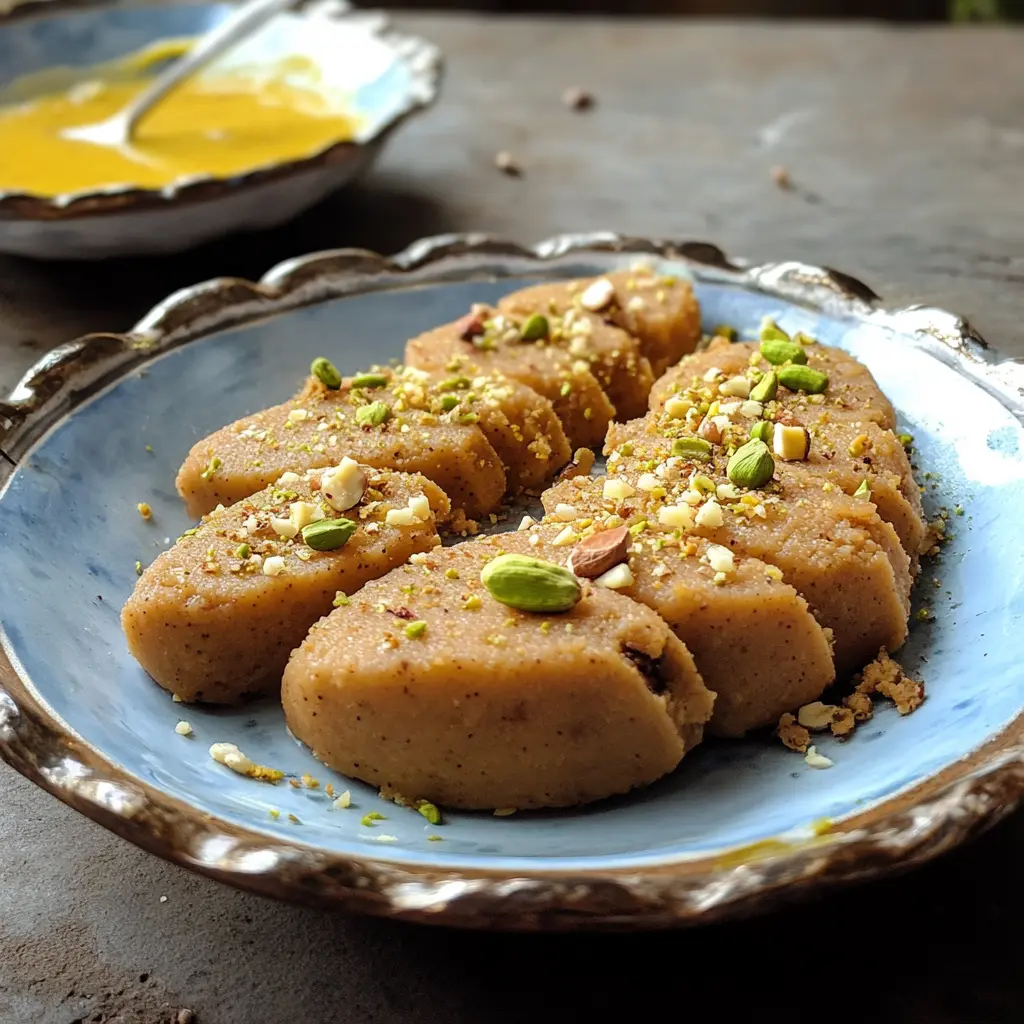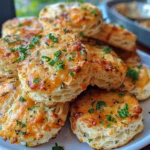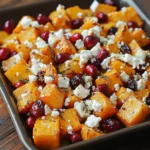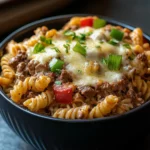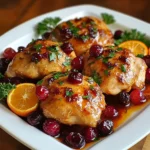Description of this recipe: This Chana Daal Halva is a rich, fragrant, and utterly decadent Indian dessert made from split chickpeas (chana daal), milk, ghee, sugar, and a symphony of aromatic spices. It’s a labor of love, but the incredible depth of flavor and melt-in-your-mouth texture make it worth every minute. Saffron lends a beautiful golden hue and delicate floral notes, while cardamom and cloves add warmth and complexity. Garnished with chopped pistachios and almonds, this halva is a feast for the senses.
Why you will love this recipe:
- Unforgettable Flavor: The combination of nutty chana daal, creamy milk, and the aromatic spices creates an unparalleled taste experience that will leave you wanting more.
- Perfect for Special Occasions: This halva is a showstopper dessert that’s perfect for Diwali, weddings, or any celebration. It’s sure to impress your guests.
- Rich and Indulgent: The use of ghee (or a butter and oil combination) makes this halva incredibly rich and luxurious. It’s the perfect treat for those with a sweet tooth.
- Customizable Sweetness: You can adjust the amount of sugar to suit your personal preference. Taste the halva as it cooks and add more sugar if needed.
- Beautiful Presentation: The vibrant color and elegant garnish make this halva a visually stunning dessert. It’s as beautiful to look at as it is to eat.
Introduction
Chana Daal Halva, also known as Bengal Gram Halwa, is a traditional Indian sweet that holds a special place in many hearts. It’s more than just a dessert; it’s a cultural emblem, a symbol of celebration, and a testament to the rich culinary heritage of India. This halva is often prepared during festive occasions, religious ceremonies, and family gatherings, bringing people together to savor its unique and comforting flavors.
The process of making Chana Daal Halva is a slow and deliberate one, demanding patience and attention to detail. It starts with soaking the chana daal overnight to soften it, followed by cooking it in milk until it becomes tender and the milk is completely absorbed. The daal is then ground into a smooth paste and cooked in ghee or a combination of butter and oil, along with aromatic spices like cardamom and cloves. The mixture is cooked until it turns a beautiful golden-brown color and releases a nutty aroma. Finally, sugar syrup is added, and the halva is cooked until it thickens and achieves the perfect consistency.
The addition of saffron is what truly elevates this halva to the next level. Saffron, known as the “golden spice,” not only imparts a beautiful golden hue to the halva but also adds a subtle floral note that complements the other spices perfectly. The halva is then garnished with chopped pistachios and almonds, adding a delightful crunch and enhancing its visual appeal.
While the traditional recipe calls for ghee, you can easily adapt it to your dietary preferences by using a combination of unsalted butter and sunflower oil. If you’re vegan, you can substitute the whole milk with soya or almond milk and use a vegan butter alternative.
This recipe is a detailed guide to creating a Chana Daal Halva that is both authentic and incredibly delicious. From soaking the daal to shaping the halva into elegant cylindrical shapes, every step is explained in detail to ensure that you achieve perfect results every time. So, gather your ingredients, put on your apron, and get ready to embark on a culinary journey that will delight your senses and impress your loved ones.
Ingredients:
- 400g chana daal, soaked overnight
- 750ml whole milk (or use soya or almond milk)
- 2 tbsp ghee or 1 tbsp unsalted butter and 1 tbsp sunflower oil
- 6 green cardamom pods, lightly crushed
- 6 cloves
- 340g golden caster sugar
- Small pinch of saffron
- 2 tbsp chopped pistachios
- 2 tbsp chopped almonds
Preparation:
Step 1: Soak the Chana Daal. In a large bowl, place the chana daal and cover it generously with water. Ensure that the daal is fully submerged to allow for proper soaking. Let it soak overnight, or for at least 8 hours. This process softens the daal, making it easier to cook and grind later. Soaking is a crucial step, so don’t skip it.
Step 2: Cook the Daal in Milk. After the soaking period, drain the chana daal thoroughly. Rinse it under cold water to remove any impurities. Transfer the drained daal to a large, heavy-bottomed saucepan. Pour the milk over the daal, ensuring that it’s completely covered. Bring the mixture to a boil over medium-high heat. Once boiling, reduce the heat to low and simmer gently, stirring frequently to prevent the milk from scorching at the bottom of the pan. Continue simmering for 25-30 minutes, or until the milk is completely absorbed by the daal. The daal should be tender and easily mashed with a spoon.
Step 3: Cool and Grind the Daal. Once the milk is absorbed and the daal is cooked, remove the saucepan from the heat and allow the mixture to cool for 20-30 minutes, or until it reaches room temperature. Cooling the daal makes it easier to handle and grind. Once cooled, transfer the daal mixture to the bowl of a food processor. Pulse the mixture until it becomes a smooth paste. If the paste is too thick, add a splash of water to loosen it up. The consistency should be similar to that of a thick puree.
Step 4: Sauté the Spices and Daal Paste. In a separate heavy-bottomed saucepan, heat the ghee (or the combination of butter and oil) over low-medium heat. Once the ghee is hot, add the lightly crushed cardamom pods and cloves. Fry the spices for a few seconds, until they release their fragrant aroma. Be careful not to burn the spices, as this will impart a bitter taste to the halva. Immediately add the blended lentil paste to the saucepan. Cook the paste, stirring constantly, for about 15 minutes, or until it begins to smell nutty and turns a light brown color. This step is crucial for developing the characteristic flavor of the halva.
Step 5: Prepare the Sugar Syrup. While the daal paste is cooking, prepare the sugar syrup. In another saucepan (or you can wash up the saucepan used for the milk), combine the sugar and 100ml of water. Heat the mixture over medium heat, stirring constantly, until the sugar dissolves completely. Continue cooking the syrup for 10-12 minutes, or until it reaches a temperature of 104°C (220°F) on a sugar thermometer. If you don’t have a sugar thermometer, you can check the consistency of the syrup by dropping a small amount into a bowl of cold water. It should form a soft ball that can be easily shaped.
Step 6: Combine and Cook the Halva. Remove both the daal paste and sugar syrup from the heat. Slowly pour the hot sugar syrup into the lentil mixture, stirring constantly to prevent lumps from forming. Add the saffron and mix well until everything is smooth and evenly combined. Return the saucepan to low heat and continue to cook the halva, stirring frequently, until it thickens and starts to leave the sides of the pan. This process may take another 5-10 minutes.
Step 7: Cool and Shape the Halva. Once the halva has reached the desired consistency, remove the saucepan from the heat and allow it to cool in the pan for around 30 minutes, or until it’s cool enough to handle. Once cooled, take tablespoonfuls of the halva and shape them into cylindrical shapes using your hands. You can also use a mold to create more uniform shapes.
Step 8: Garnish and Serve. Arrange the shaped halva on a serving plate. Sprinkle the chopped pistachios and almonds generously over the halva. Serve the Chana Daal Halva straightaway while it’s still slightly warm, or cool it completely and keep it chilled in the refrigerator for up to four days.
COOKING Rating:
- Difficulty: Intermediate
- Taste: Sweet, Nutty, Aromatic
- Texture: Smooth, Rich, Decadent
Serving Suggestions:
- Serve warm or chilled as a dessert.
- Accompany with a scoop of vanilla ice cream or a dollop of whipped cream.
- Pair with a cup of hot tea or coffee.
- Serve as part of a festive spread during Diwali or other special occasions.
- Offer as a sweet treat after a traditional Indian meal.
Tips:
- Soaking the daal overnight is crucial for softening it and reducing the cooking time.
- Stir the daal mixture frequently while cooking to prevent it from sticking to the bottom of the pan.
- Use a heavy-bottomed saucepan to prevent the daal from scorching.
- Be careful not to burn the spices, as this will impart a bitter taste to the halva.
- Adjust the amount of sugar to suit your personal preference.
- If the halva becomes too thick, add a splash of milk to loosen it up.
- Store leftover halva in an airtight container in the refrigerator for up to four days.
- For a richer flavor, use homemade ghee.
Prep Time: 12 hours (including soaking)
Cook Time: 1 hour 30 minutes
Total Time: 13 hours 30 minutes
Nutritional Information: (Approximate per serving)
- Calories: 350-400
- Protein: 8-10g
- Sodium: 50-70mg
Note: Nutritional information is an estimate and may vary based on specific ingredients and serving size.
Conclusion
Congratulations on completing this delectable Chana Daal Halva recipe! This rich and aromatic Indian dessert is a true labor of love, but the resulting flavor and texture are well worth the effort. With its perfect blend of nutty chana daal, creamy milk, fragrant spices, and delicate saffron, this halva is a showstopper that’s sure to impress your family and friends. Whether you’re celebrating a special occasion or simply craving a sweet treat, this Chana Daal Halva is guaranteed to satisfy your sweet tooth and leave you wanting more. So, go ahead and savor every bite of this exquisite dessert, and share the joy with those you love.
Questions and Answers about the Chana Daal Halva Recipe
Q1: Can I use brown sugar instead of golden caster sugar?
A1: While golden caster sugar is recommended for its delicate flavor and ability to dissolve easily, you can substitute it with brown sugar if you prefer. However, keep in mind that brown sugar will impart a slightly molasses-like flavor and a darker color to the halva. Adjust the amount of brown sugar according to your taste, as it tends to be sweeter than golden caster sugar. Also, ensure that the brown sugar dissolves completely in the water to avoid any gritty texture in the syrup.
Q2: I don’t have a sugar thermometer. How can I tell when the sugar syrup is ready?
A2: If you don’t have a sugar thermometer, you can use the “soft ball” test to determine the readiness of the sugar syrup. Simply drop a small amount of the hot syrup into a bowl of cold water. If the syrup forms a soft, pliable ball that you can easily shape with your fingers, it has reached the correct stage. If the syrup dissolves in the water or forms a hard, brittle ball, it needs to be cooked for a longer or shorter duration, respectively. Repeat the test every minute or two until the desired consistency is achieved.
Q3: Can I make this halva ahead of time?
A3: Yes, you can definitely make this halva ahead of time. In fact, it’s often recommended, as the flavors tend to meld together and intensify as the halva sits. Once the halva has cooled completely, store it in an airtight container in the refrigerator for up to four days. Before serving, you can reheat the halva in the microwave or on the stovetop until it’s warmed through. Garnish with fresh chopped pistachios and almonds just before serving to maintain their crunch.
Q4: Can I add any other nuts or dried fruits to this halva?
A4: Absolutely! Feel free to get creative and add your favorite nuts and dried fruits to this halva. Some popular additions include raisins, cashews, walnuts, and dried apricots. You can add these ingredients to the halva during the last few minutes of cooking, or you can sprinkle them on top as a garnish. Just be sure to chop the nuts and dried fruits into small pieces to ensure they are evenly distributed throughout the halva.
Q5: My halva turned out too dry. What can I do to fix it?
A5: If your halva turned out too dry, don’t worry, there’s a simple fix. You can add a splash of warm milk or a bit of melted ghee to the halva and stir it in until it reaches the desired consistency. Start with a small amount of liquid and add more as needed, stirring constantly to avoid lumps. Alternatively, you can add a small amount of sugar syrup to moisten the halva and add a touch of extra sweetness. Be careful not to add too much liquid, as this can make the halva too soft.
